10 Dos & Don’ts For Teaching Vocabulary In Any Content Area
Teach students morphological strategies to figure out words they do not know, in addition to context-clue strategies.
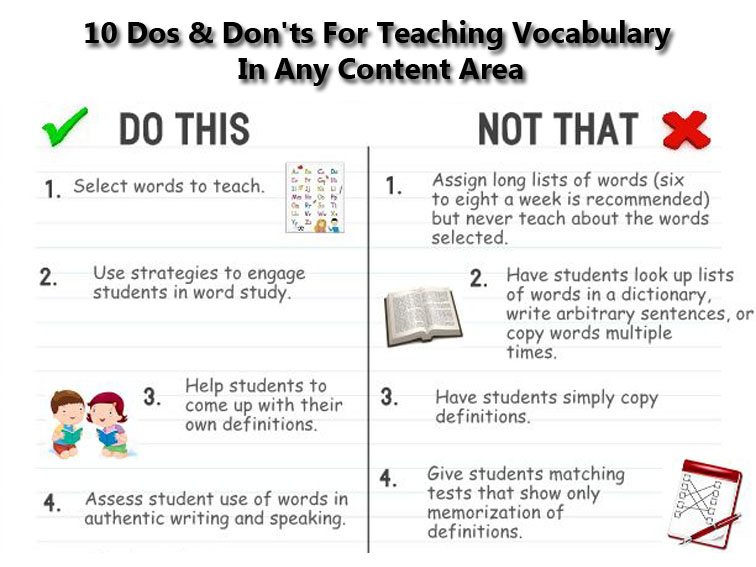
Teach students morphological strategies to figure out words they do not know, in addition to context-clue strategies.
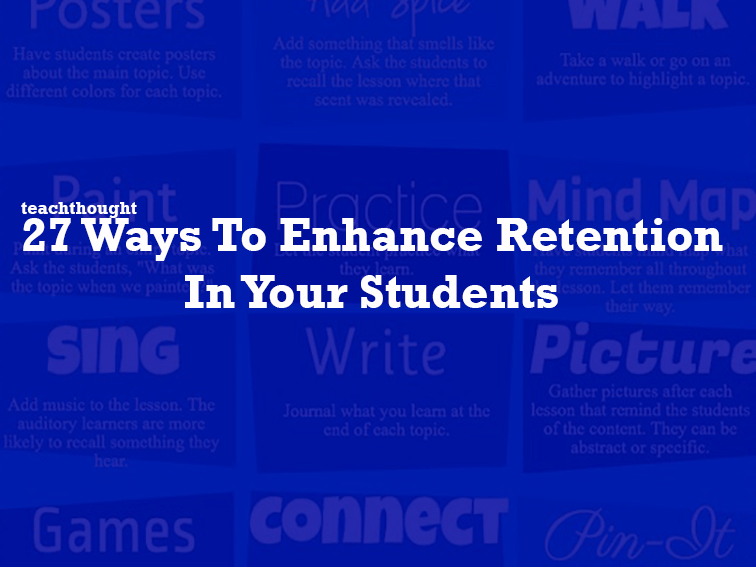
What Are The Best Ways To Improve Retention In Your Students? by TeachThought Staff How you can help students retain what they learn? What sort of teaching strategies, curriculum mapping techniques, or other changes can you use to help them remember and apply information? Most broadly, this is a matter of understanding and transfer. The…

Contact us for specific information on demographics, readership, and related opportunities for visibility.
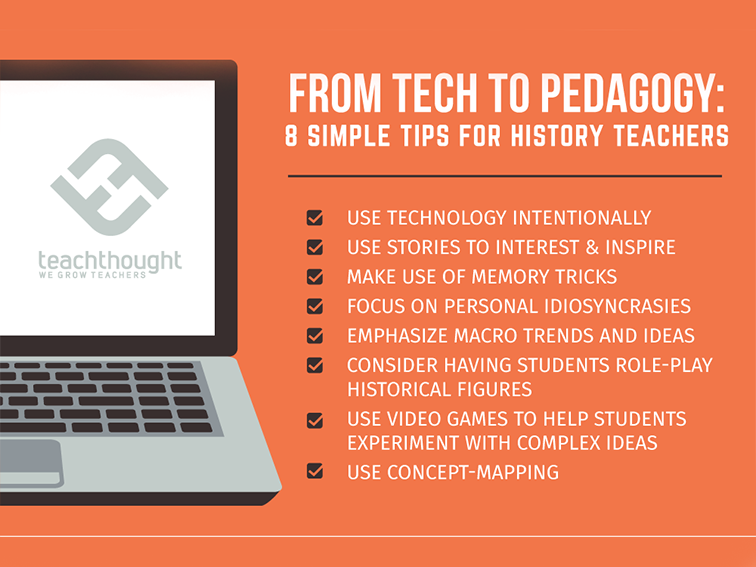
For history teachers, being fascinated with the subject material is the best way to ensure students will remember it after tests are done.
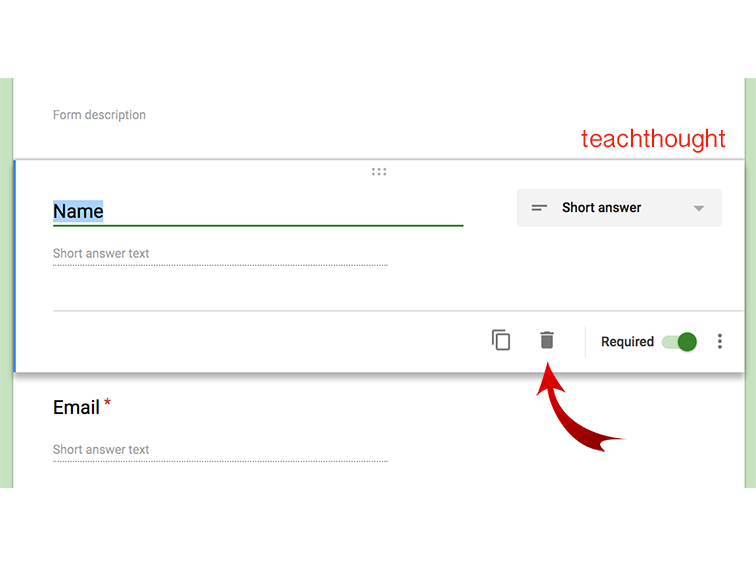
Recently, we offered a glimpse of Google Science Journal, Today, we’re taking a look at how to add and delete questions on a Google Form.
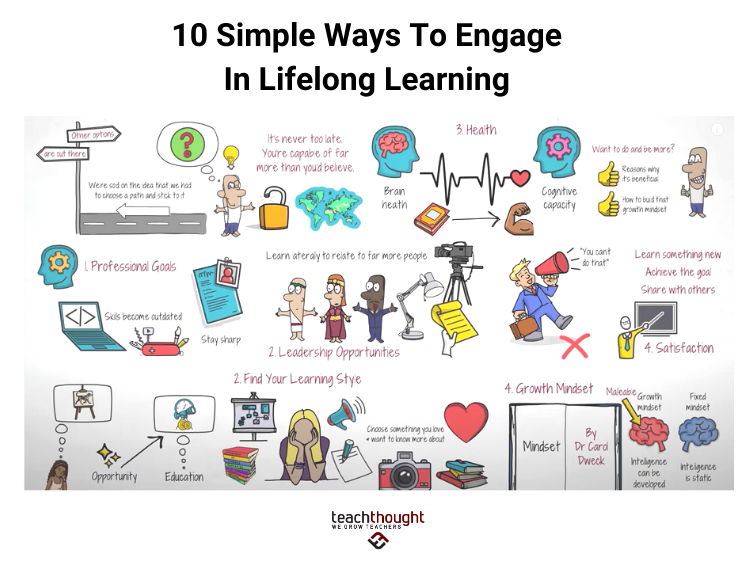
Lifelong learning preserves an individual’s desire to obtain new knowledge outside of the formal education system.
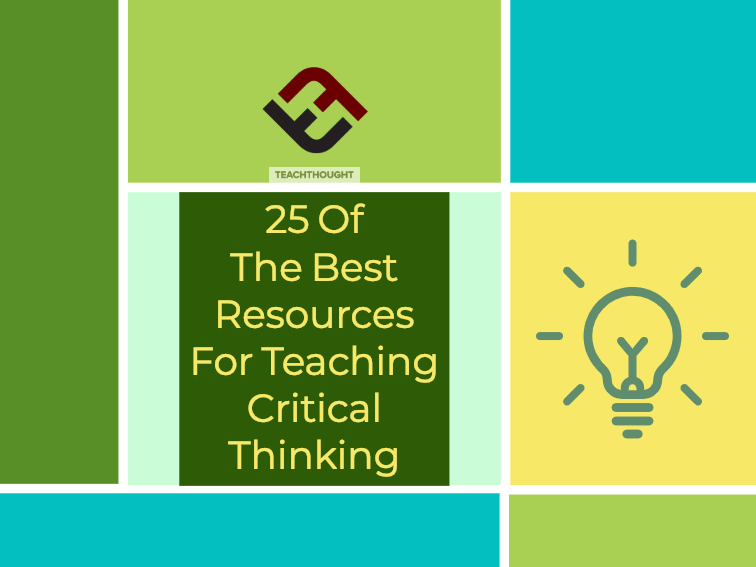
From rubrics and presentations to apps, definitions, and frameworks, here are 25 of the best resources for critical thinking.
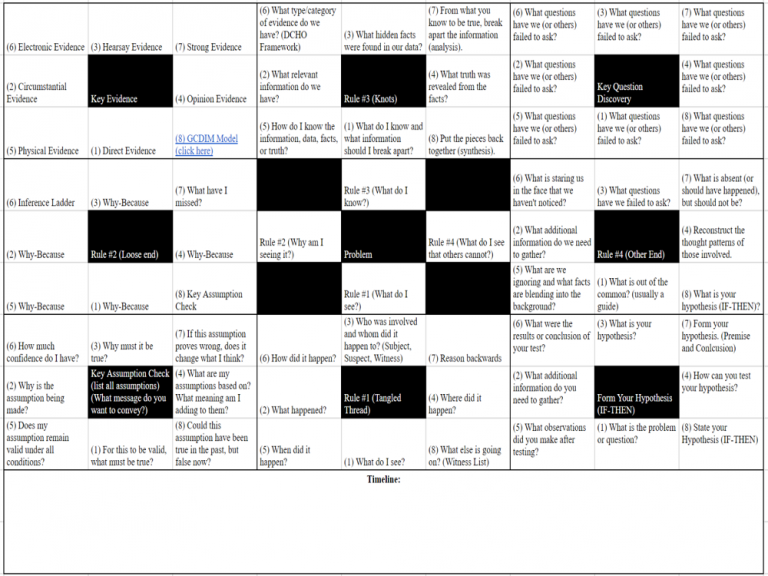
Like the rules underlying complexity found in swarm intelligence, Swarm Problem Solving possesses simple rules useful for unpacking problems.
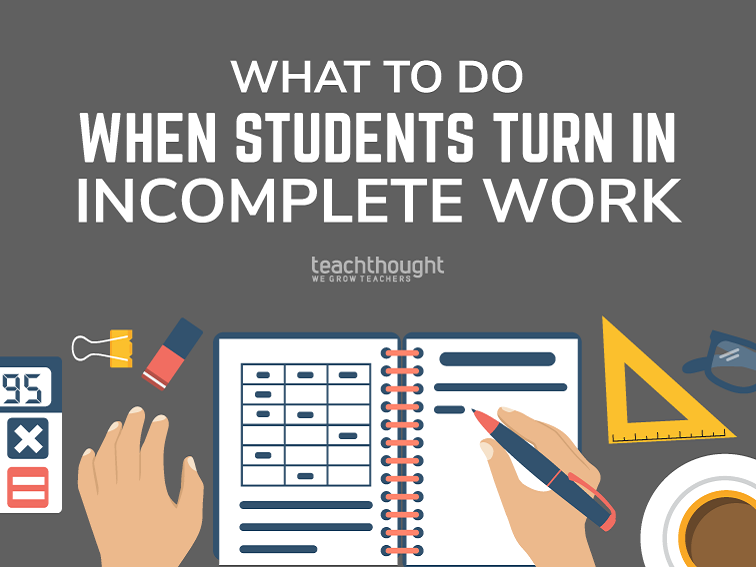
How Can You Respond When Students Turn In Incomplete Work? contributed by Heather M. Stocker It’s like looking at a photograph where only a small bit of the picture is discernible, but you can’t tell that what you’re actually looking at. This is what happens when students turn in incomplete assignments. Incomplete assignments only give…

Here are 6 tips that we have learned to make integrated projects powerful learning experiences for all students.
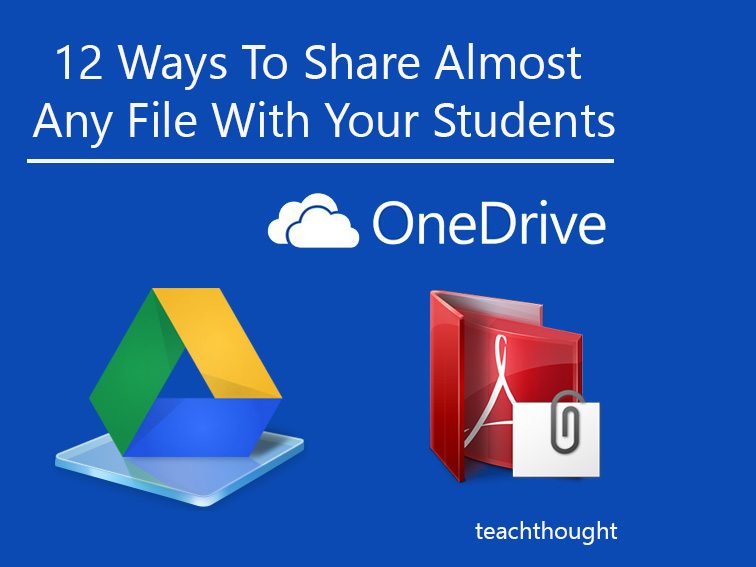
From Microsoft OneDrive and Hightail to Google Drive and Dropbox, here are 15 of the best ways to share large files–updated for 2021.
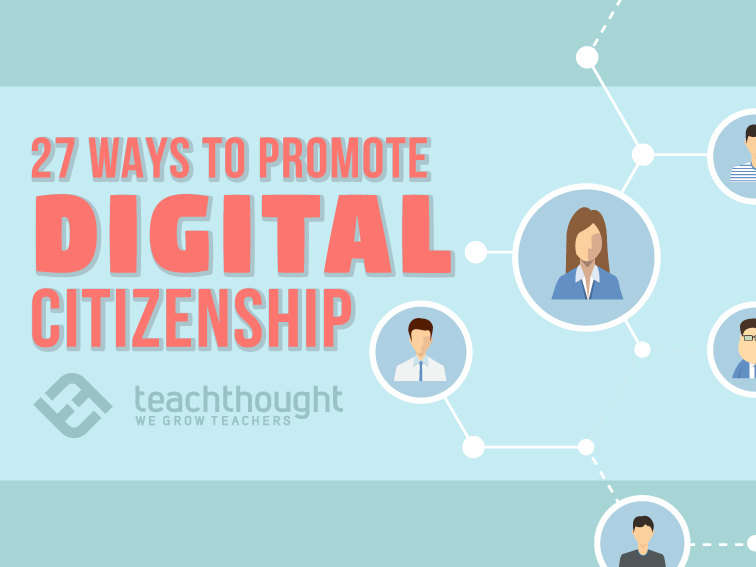
In this infographic, Mia MacMeekin provides 27 tips to promote digital citizenship in children (and adults).
End of content
End of content